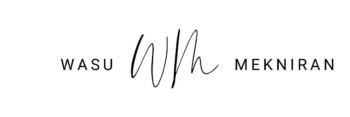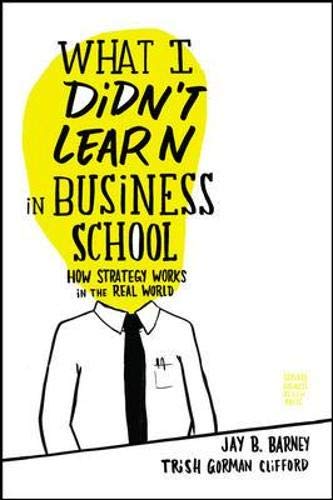Category: Corporate Strategy
(30 von 100)
Why: I want to foresee the life of a consultant after an MBA.
Goal: see how MBA graduate helps company capitalizes its competitive advantages.
Table of Contents
Action: Find your competitive advantages before strategizing.
3 Key Concepts
- Strategies get rid of company’s structural issues and increase competitive advantages.
- Generic Strategies are lowering cost, differentiating product features, and segmenting market.
- If business adds enough value, transactions occur freely and willingly.
Summary
This book is a business novel. Are you confused? – I was. I thought; business books are all non-fiction. But, as written in the preface, “The novel, at times, becomes a textbook.” Barney let Justin – the main character who is an MBA graduate – tell the lessons of how the strategy works in the real world.
Spoiler alert: the main storyline is that Justin struggled to apply his knowledge from business school to a real-world setup. Each chapter introduces aspects of corporate strategy, how it is taught in school and how it occurs in reality.
Below, I write summaries on strategy and competitive advantages; these are the main topics in the book. Note that I include information also from my additional researches.
Enjoy!

What are strategies for?
Strategies improve the company’s structure and/or increase competitive advantages. Although, it is commonly visualized as an element on the top level of any organization. It is not the first thing to be defined. You have to start with finding out your company’s structural issues or competitive advantages.
Otherwise, you end up not knowing what to get rid of or what to increase.
So after you found out the issues and advantages of your company, you might decide to use the following strategies.
A. Strategic change gets rid of certain organizational issues. For example, Justin showed us that conflicts between functions and business units can inhibit innovation (3rd type).
- Restructuring: shift power among managers and politics between investors.
- Reengineering: improve business processes. More efficiency, less waste.
- Innovation: improve existing products and services.
B. Generic Strategy increases competitive advantage: lowering cost, differentiating product features, and segmenting the market. More technical terms following this order:
- Cost Leadership: think of Walmart. The book shows that having multiple suppliers make it difficult for any one supplier to realize economics of scale.
- Differentiation: this refers to versioning in the book The 1% Windfall by Rafi Mohammed. Select great attribute of your product and offer it as a premium.
- Focus: market segmentation; divide heterogenous market into homogeneous segments. Identify high yield segment and focus on winning that segment!
Hinweis: to achieve market leadership, you can do it with cost leadership, superior customer service, or innovation leadership.
If business adds enough value for customers, transactions occur freely and willingly.
Value Chain Analysis
It is a way to visualize business activities. For example, seeing how the company can create a competitive advantage for itself.
Using the VRIO framework to uncover internal capabilities, which gives the company a long-term competitive advantage.
- Value: Do you offer a resource that adds value for customers?
- Rarity: Do you own something that’s hard to find yet in demand?
- Imitability: Is it easy to copy your product and services?
- Organization: Is your company structured to capitalize on its capabilities?
Moreover, after you uncovered the company’s capabilities, you should protect them! Study Intellectual Property (IP) Protection like trade secrecy, copyright, trademarks, patents, etc.
To sum up, I got carried over and did a bunch of researches. Hope this helps better your understanding of Corporate Strategy. *like it did for me 🙂
Goal check: I had a glimpse of what life as a corporate consultant is like.
Wasu’s Review
( 4.0 / 5.0 )
Get this book on Amazon here!
Bonus: Industry Threats: Porter’s Five Forces. It is a model that identifies 5 competitive forces that shape every industry and helps you determine the industry’s weaknesses and strengths.
- Rivalry among competitors
- Threat of new entrants
- Power of suppliers
- Power of buyers
- Threat of substitute products
This recognition of threats helps you tweak the business strategy to better use its resources.


